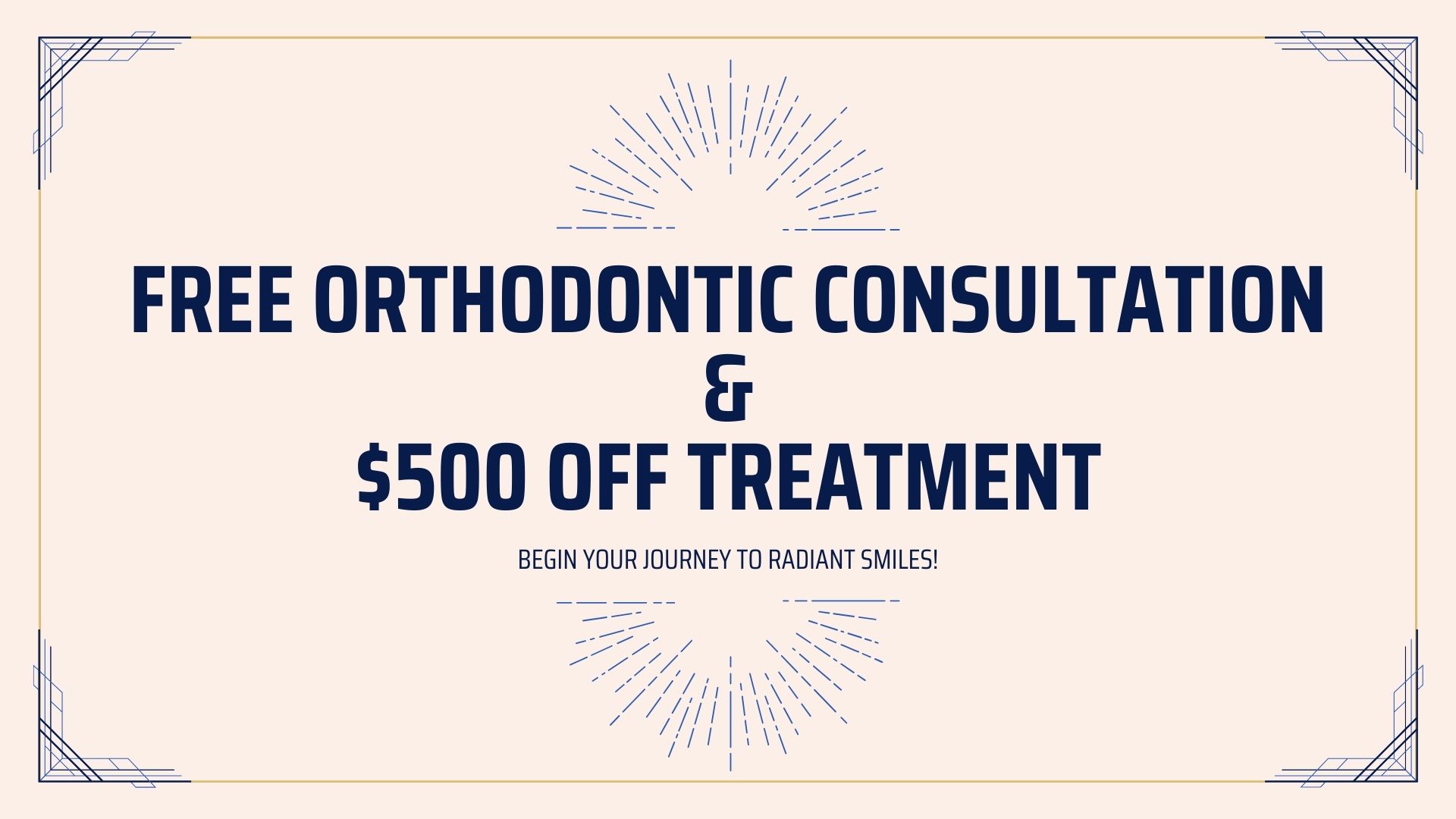When it comes to maintaining good oral health, identifying and addressing dental issues in a timely manner is crucial. One common dental problem that many individuals face is tooth decay, which often necessitates a dental filling. Understanding the signs and symptoms that indicate the need for a filling can help you take proactive steps towards preserving your oral health. In this article, we will discuss some of the key indications that you might need a filling and the importance of seeking prompt dental care.
1. Toothache or Tooth Sensitivity
A persistent toothache or increased sensitivity in one or more teeth can be indicative of tooth decay. If the pain intensifies when eating or drinking hot, cold, or sweet substances, it might be a sign that your tooth enamel has been compromised. Food particles and bacteria can accumulate in the resulting small holes, leading to further decay. In such cases, a dental filling can help prevent the decay from worsening and alleviate the discomfort.
2. Discoloration or Dark Spots on Teeth
Discoloration or the appearance of dark spots on your teeth may also indicate that decay is present. Tooth decay can cause the affected area to become discolored, ranging from white, yellow, to brown or black. If you notice such discoloration or spots, it is essential to visit a dentist for a thorough examination. Early detection allows for intervention through a dental filling, preventing the decay from spreading to adjacent teeth.
3. Visible Holes or Pits on Teeth
Visible holes or pits on your teeth, often accompanied by localized pain, are a clear indication of tooth decay. These holes, also known as cavities, are caused by the erosion of tooth enamel due to acidic substances produced by plaque bacteria. Ignoring these cavities can result in further decay, toothache, and potential tooth loss. To protect your teeth and restore their functionality, a dental filling is typically recommended.
4. Experiencing Bad Breath
While bad breath can be attributed to various causes, persistent bad breath might be linked to tooth decay. The accumulation of bacteria and food particles within cavities can lead to the production of unpleasant odors, even after regular brushing and flossing. If you consistently experience bad breath despite following proper oral hygiene practices, it is advisable to consult a dentist who can identify the underlying cause and provide the necessary treatment, such as a filling.
5. Rough or Chipped Tooth Surface
If you notice a rough or chipped surface on your tooth, it could be a sign of tooth decay. The ongoing erosion of enamel can cause the tooth surface to lose its smoothness and appear uneven. Not only does this compromise the aesthetics of your smile, but it also makes your teeth more susceptible to further damage. Getting a filling in the affected area can restore the tooth’s integrity, prevent further decay, and improve its appearance.
6. Sensation of Something Stuck Between Teeth
If you frequently feel like something is stuck between your teeth, it might be an indication of a cavity. The food particles or debris that get trapped in the cavity can give you a constant feeling of discomfort or irritation. Regular brushing or flossing might not fully alleviate this sensation, and seeking dental care to address the underlying cavity becomes crucial.
The Importance of Prompt Dental Care
Recognizing the signs and symptoms that indicate the need for a filling is vital, but it is equally important to seek prompt dental care. Delaying the treatment of cavities or tooth decay can result in more severe dental problems, including infection and abscesses. Furthermore, the decay can spread to adjacent teeth, leading to more extensive dental work in the future.
Visiting a dentist as soon as you notice any signs of tooth decay allows for early intervention. Dental professionals can perform a comprehensive examination, identify any cavities or decayed areas, and provide appropriate treatment options, such as dental fillings. By addressing the issue promptly, you can safeguard your oral health, preserve your natural teeth, and prevent the need for more invasive dental procedures down the line.
In conclusion, recognizing the signs and symptoms that indicate the need for a filling can help you take proactive steps towards maintaining good oral health. If you experience toothache, tooth sensitivity, discoloration, visible holes, bad breath, rough or chipped tooth surfaces, or a sensation of something stuck between your teeth, it is advisable to consult a dentist. Seeking prompt dental care and undergoing a dental filling when necessary can prevent further decay, alleviate discomfort, and ensure the longevity of your oral health.

